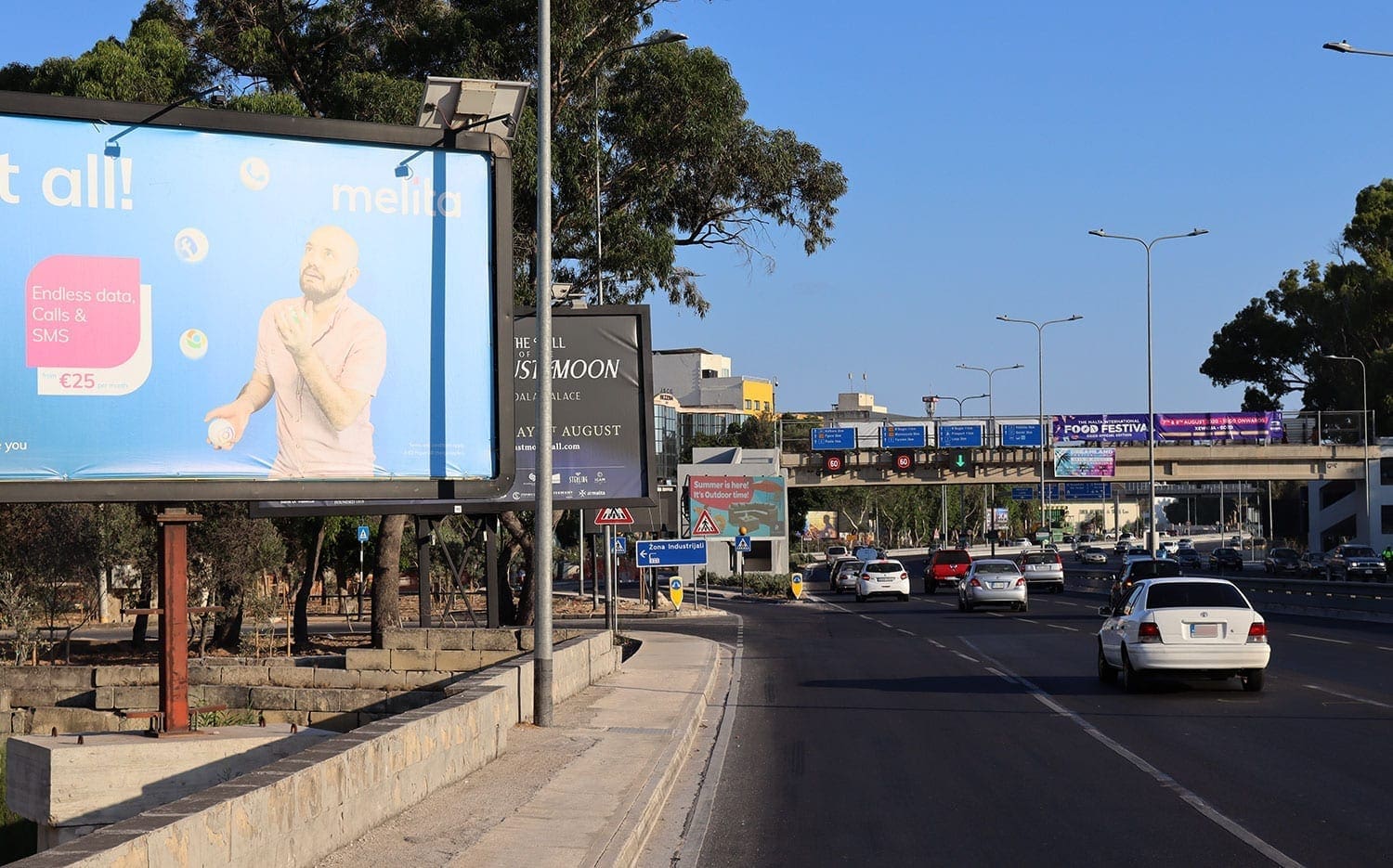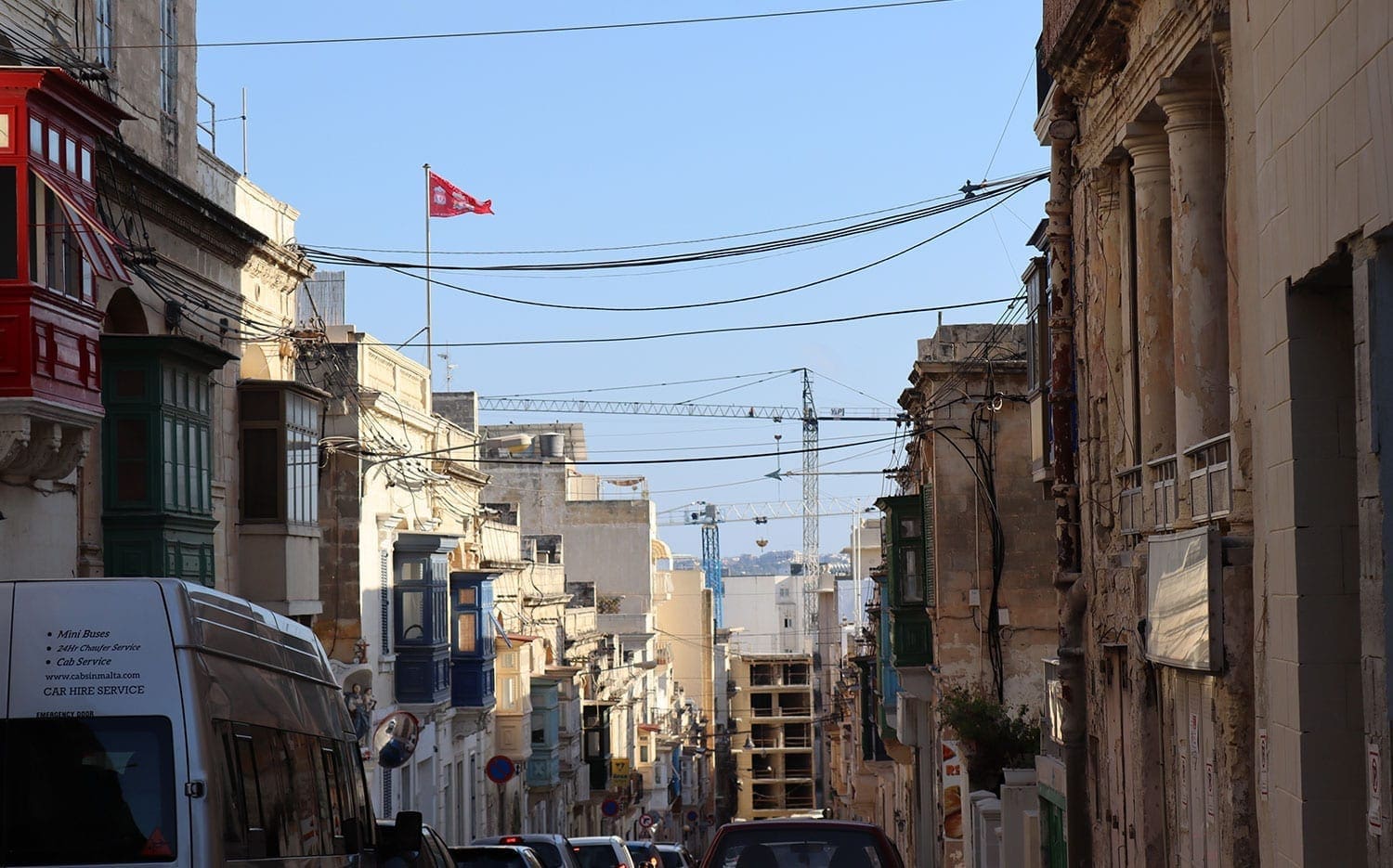Throughout history, humans have continuously engaged with their environment according to their desires, wants and needs. Population growth and post-industrial developments have been a primary cause of environmental change. Water, ground or air pollution are a by-product of this. But an equally important form of pollution which, nowadays, is gaining increased attention is sensory pollution which impacts us psychologically and spiritually... How can attention to visual pollution aid quality of life?
“…sensory nature (of pollution) which impacts us psychologically and spiritually…visual pollution.”
Contrary to popular belief, visual pollution is not simply an aesthetic issue impairing one’s ability to enjoy a vista or a view. It causes skewed perceptions of our space identity and consequently causes environmental stress. The impact is significant, causing anxiety, stimulus overload, distraction, chronic restlessness and inefficiency in human activity, including eye fatigue. Excessive visual stimuli are largely related to greater product consumption. Media advertising often leads the consumer to excessive shopping (or even shopaholicism) accompanied with unhealthy and fast food purchases which may result in obesity and a series of diseases.
In fact, a large portion of what we are exposed to has already been criticized as being of poor taste. Massimo Vignelli, a renowned Italian graphic designer commonly known for designing the New York City subway map, formed his elegantly and simple signature style by departing from the clutter often seen in commercial design (3). Vignelli once said: "there are too many people with no education in graphic design. And because they have access to computers, there's no end to what they create … It's pollution! … If they were pharmaceuticals companies, we'd all be poisoned. But we are poisoned anyhow, visually."(4)
So how can good design and planning reduce visual pollution in our cities? From a built environment perspective, visual pollution leads to the loss of original character (a loss of space identity) of a region. It affects property prices by influencing the attractiveness of a certain area too. It reduces natural diversity (directly affecting flora and fauna) and restricts comfort of space.
As designers we are in an advantageous position as we are trained to see visual patterns through which we can enhance quality of life by incorporating harmony into the built environment. Thus, we ask, how can we plan for, mitigate and create better solutions to move away from ugliness and visual pollution?
Signage, Graphics & Communication
Commercial signage is not new - the Romans were known to use signboards for shopfronts and to announce public events. Fast forward to today where, digital technology has exposed us to eye-catching (and distracting) digital billboards that offer greater effectiveness than traditional physical posters (and here we will not be delving into the merit of effective poster communication). As a result, researchers show that a person is exposed to roughly 400 advertisement messages per day. (2)
“researchers show that a person is exposed to roughly 400 advertisement messages per day”
In the age of the Anthropocene, where continuous flow of information is the norm, we ask, is all this visual overload of information in our lives and cities necessary? Is this what we want to leave to our future generations?
A less considered impact of signage is that of energy and climate change. According to Nicola Round from Adblock Bristol (10): “Bristol was the first UK council to declare a climate emergency, so it makes no sense to then install new digital advert screens. We know from planning applications that a double-sided digital bus advertisement uses the same annual energy as four households. So, imagine the big ones, let alone the environmental impact of the over-consumption encouraged by these advertising boards”.
“…a double-sided digital bus advertisement uses the same annual energy as four households…”
Then, there is another reality. Wayfinding in a new town can be daunting and distressing. Despite the fact, that local knowledge in some cultures (like Malta) can aid the lack of disorientation, not every local or tourist has access to such knowledge. As stated at the outset, population growth requires management which addresses multiple needs. Hence, having efficient wayfinding techniques of proper street names, signs and landmarks can be beneficial for all. It is more inclusive.
Wayfinding is generally underestimated as a participatory methodology of inclusivity. It not only helps solve spatial problems and allows people to travel to their desired destination, but it can also be about community building as it can be sensitive to those individuals who finding it distressing asking for directions. For example,What3words is a digital wayfinding technique which is gaining traction: Shall we meet at ///renew.acted.quite for a coffee?
Buildings, Accretions and Services
In the UK, a modernist addition to an existing building is frequently dismissed as ugly and often described as “a monstrous carbuncle on the face of a much-loved and elegant friend” (Prince Charles on the National Gallery, London, 1984) (12). People always think that it is the building that makes a city ugly. Just because a building stands out from the ones around it, it does not make it an ugly or a bad building. Aesthetic criticism is important, and of course how a building functions within its environment will impact its success, but this is only one aspect of quality design (6).
Over the last 20 years or so, Malta has seen a drastic change in the way it has developed. The rhetoric on construction and mass development boosted by rapid financial and population growth, swayed developers into fast construction for the leasing market most often with very little focus on design and wellbeing of the tenants. We may still be graced with the pretty little towns and the seaside villages, but our surroundings are generally very prone to being visually polluting too. Have we reached a point where we can now paraphrase with Sir John Betjeman: “Goodbye to old Malta. We who loved you are sorry. They've carted you off by developer's lorry.”
“Goodbye to old Malta. We who loved you are sorry. They've carted you off by developer's lorry.”
This visual pollution and uglification of cities manifests itself in new buildings of poor design, accretions/insensitive additions to old buildings, poorly executed restoration and abandoned buildings, not to mention public services and infrastructure, shop signs, ill-designed street furniture, public lighting, loosely-hanging electric wires and antennas and broken pavements. Moreover, the myriad of garbage bins/bags (5) which line our streets at different times of day waiting patiently for their collector.
City Design Promoting Wellbeing
As we discussed in a previous article - Where do you belong? Space and Identity -, the identity of a city is created over time through a collective effort from the users of its space. The various spaces making up a city, be it squares, markets, schools, churches, etc. form a cohesive urban fabric that expresses the identity of the city. But how can design and visual pollution promote the wellbeing of the citizens? The city of São Paulo in Brazil has taken this problem by the horns in the passing of the controversial ‘Clean City Law’ over a decade ago.
This law banned outdoor advertisements within the city, such as billboards and posters, with the intention of alleviating visual pollution and reinstating the importance of its urban architecture. The law was heavily endorsed by the public, resulting in 15,000 billboards and 300,000 business signs across the city being removed. However, the law was also met with criticism since advertisements contribute largely towards the local economy and banning advertisements would imply private marketing companies taking a hit. In fact, the world’s largest outdoor-advertisement company went so far as to sue to city, claiming it to be an unconstitutional regulation (7). The aftermath of the Clean City Law did not result in the city being completely ad-free, but rather, the approach now taken towards the addition of advertisements has become more stringent and methodical in integrating with the cityscape. São Paulo was only the first of many more to come, with other major cities in countries such as France, India, Iran, and the United States following suit (8)(9).
 Photo by Marcelo Palinkas
Photo by Marcelo Palinkas
Conclusion
The quality of any urban environment includes its visual quality. This feature directly stems from aesthetics and comfort a certain space can offer to its user. When trying to solve visual pollution problems, all planning activities must be human oriented, and the aim must be to create cities which do not alienate the users. When the environment is being formed, it is important to address local identity and social memory as this is one way of preserving both the existing natural and socio-cultural riches of a neighbourhood.
There is much to learn from the experiences of other countries and ways of dealing with visual pollution locally. We need to call on each of the stakeholders in rectifying our situation; empower local councils to take proper action; service providers to be more conscientious of the clutter in our streets. Finally, we need to re-sensitize and re-educate the community to beauty and the beautification of their towns while they themselves being beacons in showing how every little thing counts.
“re-sensitize and re-educate the community to beauty”
We hope that we have already arrived at a saturation point in terms of the uglification for it to serve as a trigger to change. The only way should be up!


 Photo by Marcelo Palinkas
Photo by Marcelo Palinkas